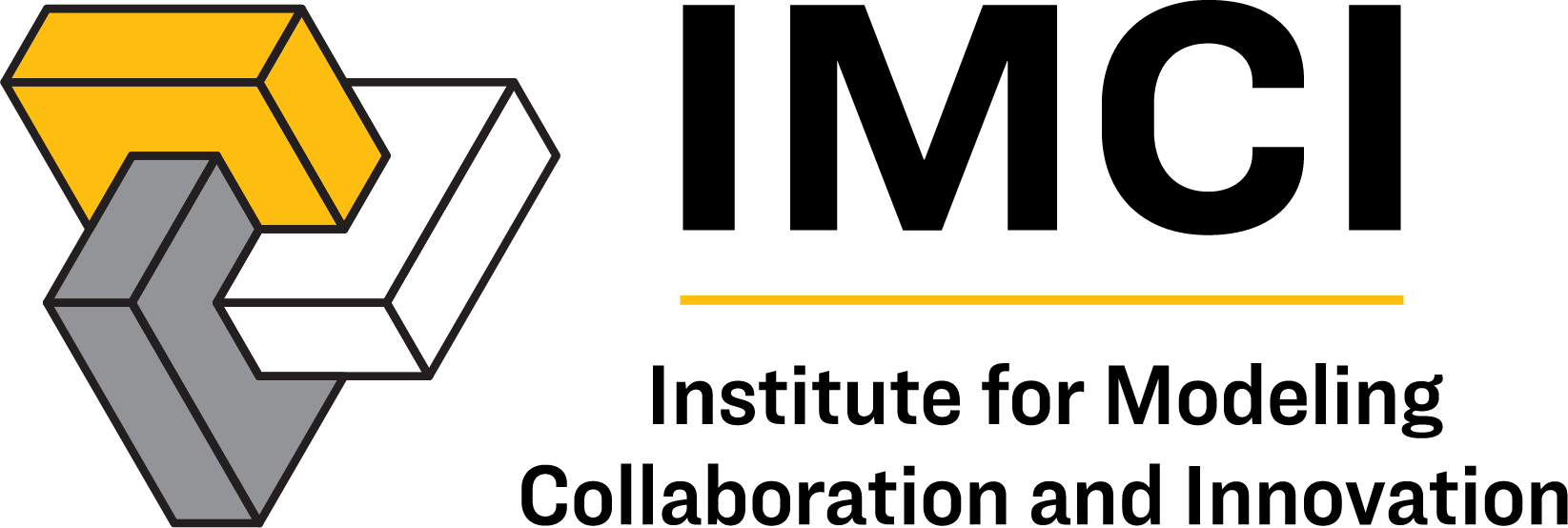Collaborative Research: Deep-Sequencing Analysis of Edited Metabolic Pathways to Uncover, Model, and Overcome the Epistatic Constraints Upon Optimization
Project Team: Christopher J. Marx, Ankur Dalia (Indiana University), Sergey Stolyar, Jeremy Draghi (Brooklyn College), Norma Martinez-Gomez (Michigan State University) Epistasis – non-linear interactions between genotypic changes upon phenotypes –represents a critical challenge to optimization of biological systems, whether by evolution or engineered via synthetic biology. When mutational effects upon growth or product generation depend…

